Important Formulas: Exponents | Quantitative for GMAT PDF Download
Exponents Formulas
There are various laws of exponents that you should practice and remember in order to thoroughly understand the exponential concepts. The following exponent law is detailed with examples on exponential powers and radicals and roots.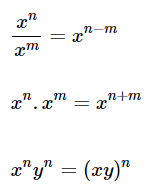
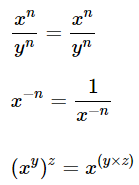
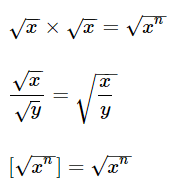
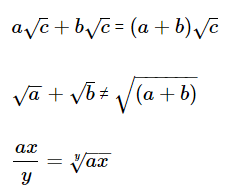
Properties of Exponents and Radicals
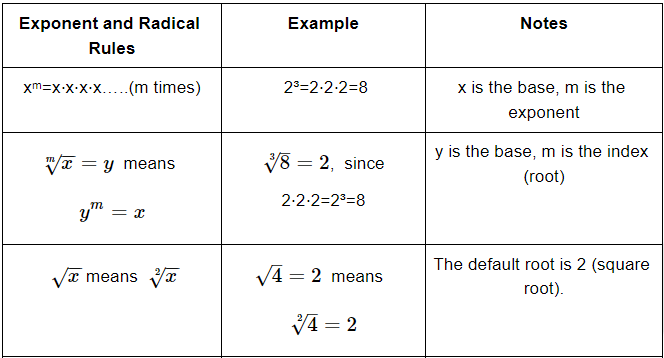
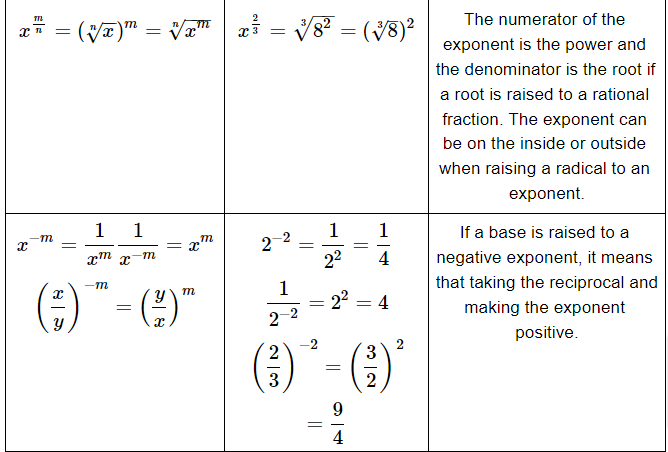
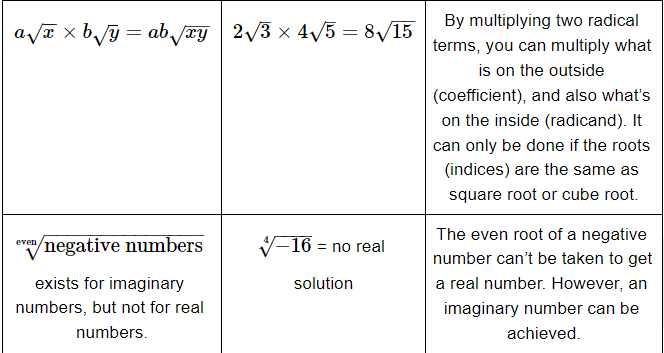
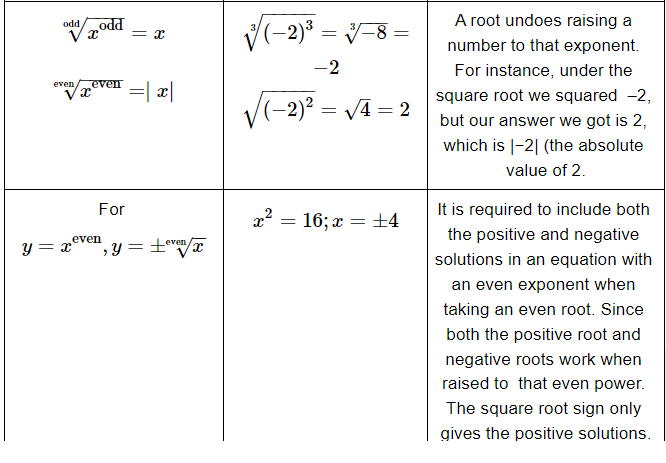
Example1: If m2+n2+o2 = mn+no+om, simplify [ym/yn]m-n × [yn/yo]n-o × [yo/ym]o-m
Sol:
Using ma/nb = ma-b, we obtain
→ (ym-n)m-n×(yn-o)n-o×(yo-m)o-m
Using the formula
(m-n)2 = m2+n2-2mn in the exponent,
→y(m²+n²−2mn) * y(m²+o²−2no) * y(o²+m²−2om)
Doing the Math
ma.mb=ma+b
→ y(m²+n²−2mn+n²+o²−2no+o²+m²−2om)
→ y2(m²+n²+o²−(mn+no+om))
→ y2(0)2(0)
→ y0=1
Example 2: Find y if 32y-1+32y+1=270
Sol: We will first take out a term in common, with which we obtain
→ 32y-1(1+32)
See that here, we are using the formula for any non-integer am+n = am. an in expressing 32y+1 as a product of 32y-1 and 32.
32y-1(10)=270
32y-1=27
32y-1=33
2y−1=3
y = 2.
|
127 videos|154 docs|111 tests
|
FAQs on Important Formulas: Exponents - Quantitative for GMAT
| 1. What is the formula for finding the value of an exponent? |  |
| 2. How do you simplify an exponential expression? |  |
| 3. What is the power of a power rule in exponents? |  |
| 4. How do you simplify expressions with negative exponents? |  |
| 5. How do you simplify expressions with zero exponents? |  |
















